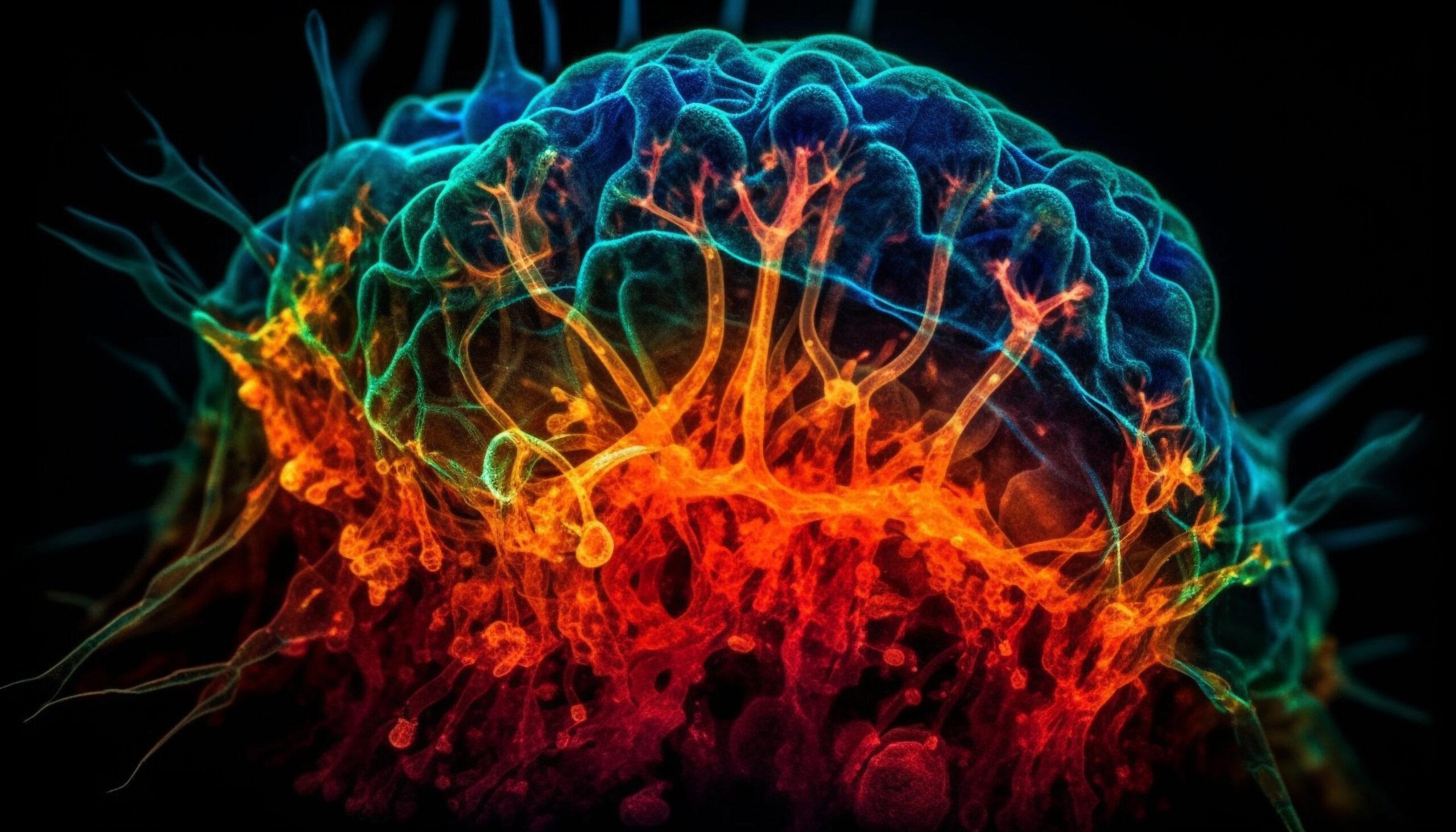The Neuroscience of Comfort: How a Mother’s Presence Calms the Brain
Introduction: The Science of Bonding
From the moment a newborn mouse pup nuzzles against its mother, something remarkable happens in its brain. A specialized cluster of neurons springs to life, quieting distress signals and creating a sense of safety. New research from Yale University reveals that this neural mechanism—centered in an understudied brain region called the zona incerta—may hold the key to understanding mother-infant bonding not just in mice, but potentially in humans as well.
This discovery sheds light on why a mother’s touch is so powerful—and how its absence can trigger profound stress.
The Study: Tracking a Pup’s Brain During Bonding
Key Findings at a Glance
✔ Neurons in the zona incerta activate when mouse pups interact with their mothers—but not with toys or unrelated mice.
✔ These neurons release somatostatin, a hormone that regulates stress responses.
✔ Artificial activation of these neurons reduces crying and stress hormones in isolated pups.
✔ The effect is strongest with the biological mother, suggesting a unique neural signature for maternal bonding.
How Researchers Uncovered This Mechanism
- Fiber-Optic Brain Monitoring
- Pups were implanted with tiny probes that detected neuron activity via light emissions.
- This allowed real-time tracking of the zona incerta during social interactions.
- Social Interaction Tests
- Pups interacted with:
- Their mothers
- Unrelated lactating females
- Non-lactating females
- Siblings
- Unrelated males
- Inanimate objects
- Only mother-pup interactions triggered the strongest neural response.
- Pups interacted with:
- Isolation & Reunion Experiments
- When separated, pups showed increased distress calls and corticosterone (stress hormone).
- Reuniting with their mothers calmed neural activity and reduced stress signals.
- Artificial Neuron Stimulation
- Chemically activating these neurons mimicked the mother’s calming effect, even in isolation.
Why This Matters: Implications for Human Bonding
1. The Zona Incerta’s Role in Mammalian Development
The study suggests this brain region acts as a “neural switchboard” for early social bonding. In mammals, it may:
- Integrate sensory cues (smell, touch, warmth) to recognize caregivers.
- Modulate stress responses based on social safety signals.
- Shape brain development by reinforcing secure attachments.
2. Parallels to Human Mother-Child Bonding
While mice rely heavily on smell and touch, humans also use sight and sound for bonding. However, the underlying neural pathways could be similar.

Potential applications:
- Understanding postpartum depression’s impact on infant brain development.
- Improving neonatal care for premature babies separated from parents.
- Designing better interventions for neglected or orphaned children.
3. Unanswered Questions
- How long do these “safety signals” last?
- What constitutes “neglect” in neural terms?
- Do human infants have a similar zona incerta mechanism?
“This research opens a window into how early relationships wire the brain—for better or worse.”
— Dr. Robert Froemke, NYU Langone Health
The Bigger Picture: From Mice to Humans
How Mammals Are Wired for Connection
The study highlights that secure attachment isn’t just emotional—it’s biological. When a mother comforts her infant:
🔹 Stress hormones drop
🔹 Neural circuits stabilize
🔹 Brain development is supported
This aligns with decades of psychology research (e.g., John Bowlby’s attachment theory) but adds a new layer of neural detail.
Could This Lead to New Therapies?
Future research might explore:
- Non-invasive stimulation of bonding-related brain regions.
- Sensory therapies (e.g., heartbeat sounds, warm touch) for at-risk infants.
- Early biomarkers for bonding disorders.
Final Thoughts: The Power of Presence
This study reminds us that a mother’s presence isn’t just comforting—it’s transformative at a cellular level. While much remains unknown, one thing is clear: The brain is built for connection, and even in mice, love leaves a neural fingerprint.
“Biology doesn’t just create bonds—bonds create biology.”

